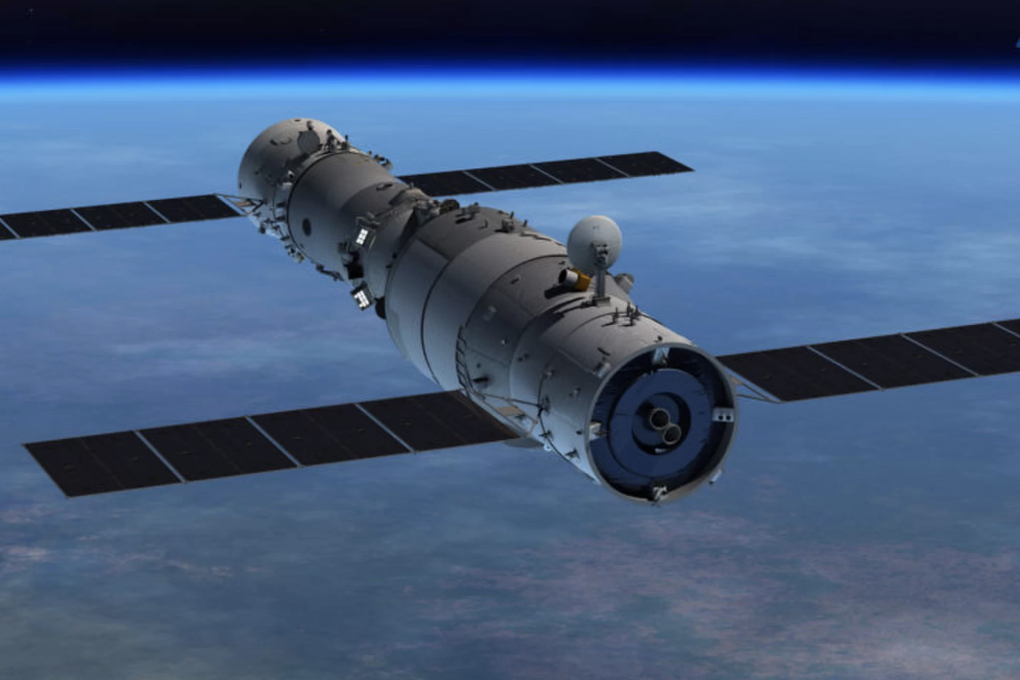Advertisement
China’s second space station mysteriously lowers its orbit
The first Chinese space lab incinerated upon impact
Reading Time:2 minutes
Why you can trust SCMP

This article originally appeared on ABACUS
China’s second space station is confounding space experts -- leading them to speculate over the fate of the Tiangong-2.

It all started when the US Joint Space Operations Center reported that the unmanned vehicle had descended almost 60 miles, prompting some to speculate that China was getting ready to deorbit the Tiangong-2 to avoid the fate of the Tiangong-1 -- which was incinerated when it re-entered the Earth’s atmosphere on April 1st.
Advertisement
But then on June 22nd -- 10 days after the initial drop -- the space station unexpectedly reverted to its previous orbit height of 242 miles.
The Tiangong-2 -- which means "heavenly palace" in Mandarin -- was launched in 2016 to test its ability to support a crew and refuel while in orbit, and is considered a key step forward for China’s space program.
So what’s happening?
Advertisement
Advertisement
Select Voice
Choose your listening speed
Get through articles 2x faster
1.25x
250 WPM
Slow
Average
Fast
1.25x